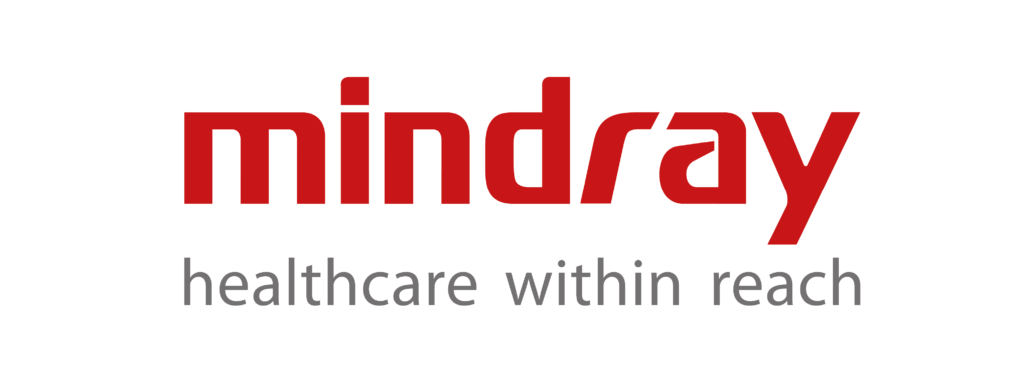 Giant Great Grant
Giant Great Grant
The European Society of Intensive Care is very pleased to announce that the 3G grant is going to the project “Smart Alarm Management for Enhanced Patient Monitoring and Increased Data-driven Patient-Safety: A Machine Learning Approach (SAFEMIND)”
By Anne Rike FLINT and Akira-Sebastian PONCETTE,
Charité Universitätsmedizin Berlin Department / Division : Institute of Medical Informatics Berlin, Germany.
The project will span over three years.
Want to know more about this project, contact the authors:
anne-rike.flint@charite.de
ICU alarm fatigue, mainly due to clinically irrelevant alarms, threatens patient safety and burdens staff. Aligned with ESICM’s mission, this project aims to develop a smart monitoring system that is essential for improving staff situational awareness, reducing alarm fatigue, and increasing patient safety. Effective alarm management saves time, minimizes errors, reduces staff stress and prevents patient harm, embodying our shared commitment to advancing healthcare.
This project aims to develop, refine, and implement an advanced machine learning (ML) algorithm for smart alarms, by utilizing diverse electronic health record (EHR) data to address the critical issue of alarm fatigue in ICUs. Alarm fatigue is caused by an overload of clinically irrelevant alarms. High alarm loads have a direct negative effect on both patients and healthcare staff.
Smart alarms are defined to be context- and patient-specific. Despite the wealth of health data available – e.g., high-frequency vital sign data, data from ventilators, infusion pumps, laboratory – it has not been combined and applied to define smarter alarms. Current alarm management strategies focus on single vital sign monitoring and signal processing but are limited in integrating further data. With our ML approach we bridge the gap between our clinic’s abundance of EHR data and the clinical need to improve alarm fatigue. It is hypothesized that smart alarms will lead to lower alarm loads, less false-positives and higher staff satisfaction.
Leveraging the extensive experience in ICU alarm research and clinical and industrial networks, this project aims to transform ICU monitoring by using data from our >40 ICUs with >1000 ICU beds, stored in our clinic’s health data lake. Utilizing our high-performance cluster, the leaders will develop ML-powered smart alarms, thereby addressing alarm fatigue. With a diverse team, the leaders will pilot the system in their Simulation-ICU, evaluate it and gather feedback, preparing for potential deployment. the goal is to seamlessly integrate EHR and high-frequency vital sign data with ML resulting in reduced alarm fatigue, enhanced staff awareness, and improved patient safety.
The project is guided by the research question: How can we effectively integrate advanced data analytics and machine learning (ML) into ICU monitoring systems to reduce alarm fatigue, enhance staff situational awareness, and improve patient safety?
The project will be conducted in Germany and enriched with a worldwide network of diverse expertise in patient safety and monotoring and in alarm management:
Collaborators include Paul Elbers and Ari Ecole from the ESICM Data Science Section, and Dr. Leo Celi, who has notably contributed to the MIMIC database.
In smart patient monitoring, the project leaders will work with Halley Ruppel (University of Pennsylvania) and Azizeh Sowan (University of Central Florida) for the English validation of the Charité Alarm Fatigue Questionnaire. Additionally, they have partnered with Michelle Pelter (University of California, San Francisco) for a bibliometric analysis on alarm research innovations.
Future collaborations involve Elif Özcan Vieira (TU Delft), Joseph Schlesinger (Vanderbilt University), Arthur Bouwmann (Eindhoven University of Technology) and Paolo Navalesi (University of Padua).
Uniquely positioned at Charité, they bridge medical informatics, IT, and intensive care. Data-driven, user-focused research is evidenced by our INALO (Intelligent Alarm Optimizer) project, which develops predictive alarm models. With a robust infrastructure – an ICU database and a data lake with routine data from >1000 ICU beds – the group excel in patient safety innovation. Collaborations with Leo Celi, Halley Ruppel, and Michelle Pelter, and others enable us to address challenges like alarm fatigue by employing data-driven methods.
SAFEMINDs goal of developing smarter alarms is directly connected to patient safety by addressing a critical challenge in the ICU: alarm fatigue. Alarm fatigue occurs when healthcare providers become desensitized to frequent alarms, leading to delayed responses or missed alarms, which can compromise patient safety. It is aimed to enhance patient safety through several key mechanisms to prevent patient harm.
- Reduction of False Alarms: Smart alarms utilize advanced algorithms and machine learning to differentiate between false alarms and those requiring immediate attention. The goal of smart alarms is to improve the positive predictive value of alarms, while keeping the sensitivity as high as it currently is. Thereby when a smart alarm sounds, there is a high likelihood that attention of the health care staff is needed while simultaneously ensuring that no such situation is missed.
Impact on Patient Safety: By reducing the number of false alarms, SAFEMIND will ensure that healthcare providers can focus on true emergencies, thus improving response times and reducing the risk of alarm fatigue.
- Prioritization of Alarms: Smart alarms are prioritized based on their severity and the immediacy of the need for intervention. We have done extensive work in the Intelligent Alarm Optimizer (INALO) project (running 2020 – 2024) where we developed rule-based guidelines to annotate over 40 million alarms into clinically actionable and non-actionable. Impact on Patient Safety: SAFEMIND will categorize alarms into different levels of urgency. Healthcare providers can respond more effectively to the most critical situations first, enhancing patient care and safety. We will build upon the works and data of the INALO project, introducing a new way of prioritizing alarms that moves away from simple threshold-based alarm systems.
- Integration of Data: Smart Alarms integrate and combine data from multiple sources (such as vital signs monitors, lab results, and patient history) to provide a more comprehensive assessment of a patient’s condition. The use of computational efforts allows for the consideration of much more data from larger time windows than any clinician can reasonably have in mind when considering any patient. Impact on Patient Safety: SAFEMINDs data integration strategy allows for more accurate and faster detection of potential issues and supports early intervention, thereby preventing complications.
- Adaptable Algorithms: Smart alarms have the capability to learn from past events and adapt their algorithms accordingly. This continuous learning process can lead to progressively more accurate and relevant alarm systems, further enhancing patient safety over time. Impact on Patient Safety: SAFEMIND will develop smart alarms according to the specific needs and conditions of individual patients and learn from similar past cases,thereby reducing unnecessary alarms that are inapplicable to a particular patient’s situation.
By addressing alarm fatigue and improving the relevance, accuracy, and effectiveness of alarms, Smart ICU alarms play a crucial role in enhancing patient safety. They help ensure that healthcare providers can respond promptly and appropriately to patient needs, thereby reducing the risk of adverse events and improving outcomes for critically ill patients.
For any other information regarding 3G, please contact: research@esicm.org.
The 3G Project is a new initiative of ESICM supported by a grant from MINDRAY



